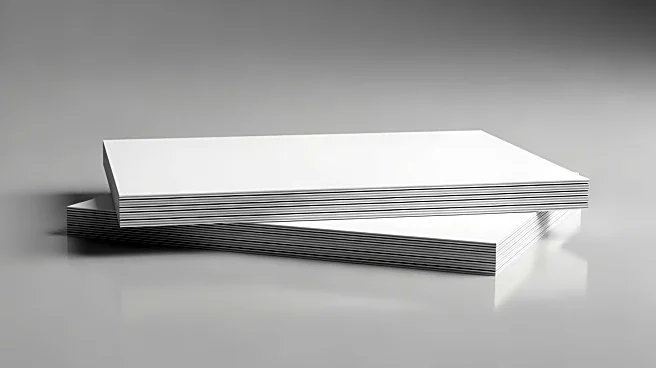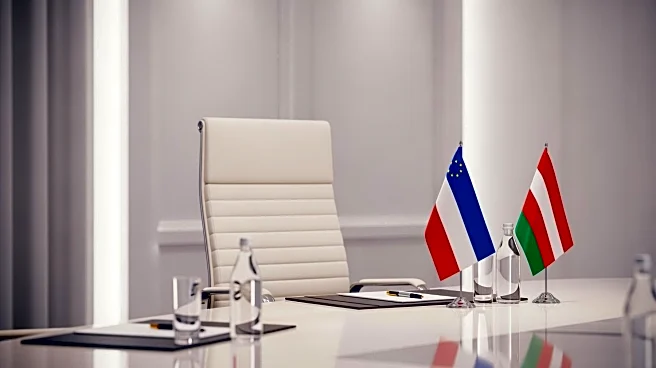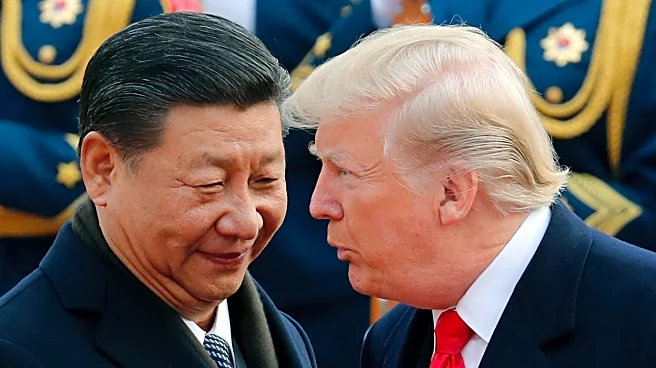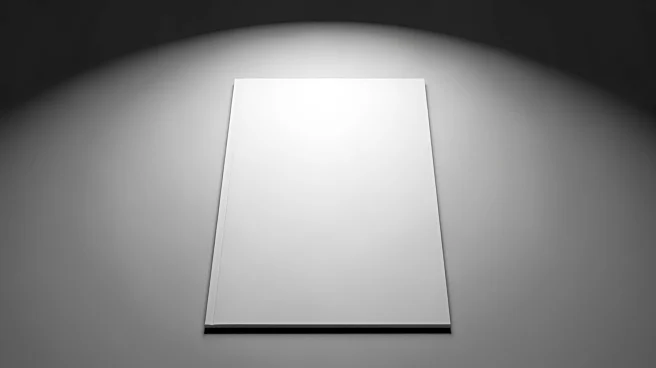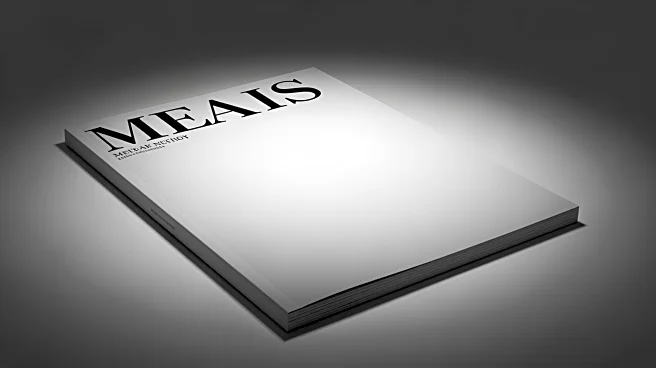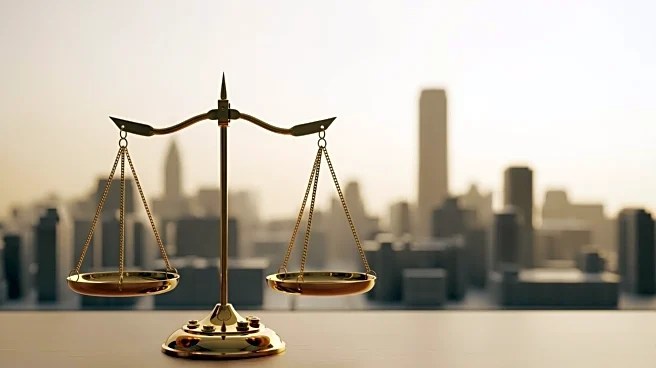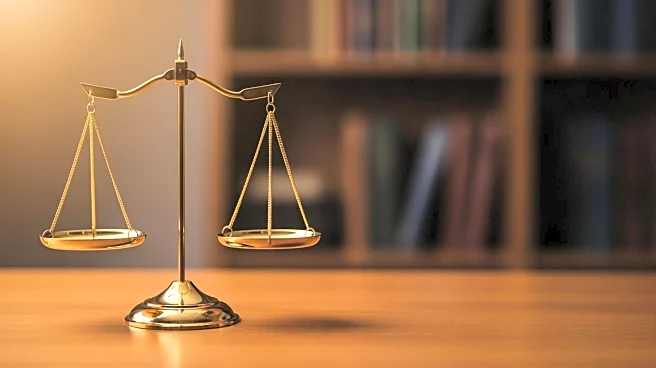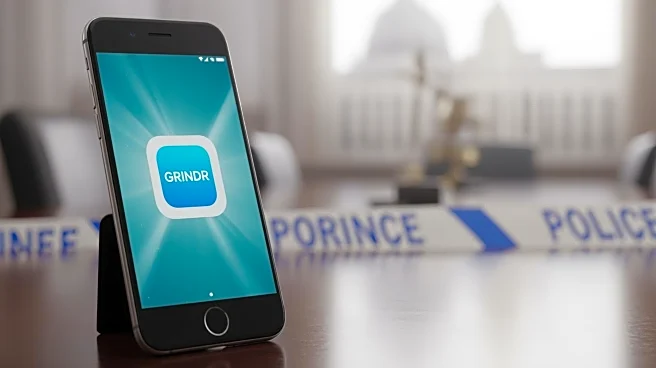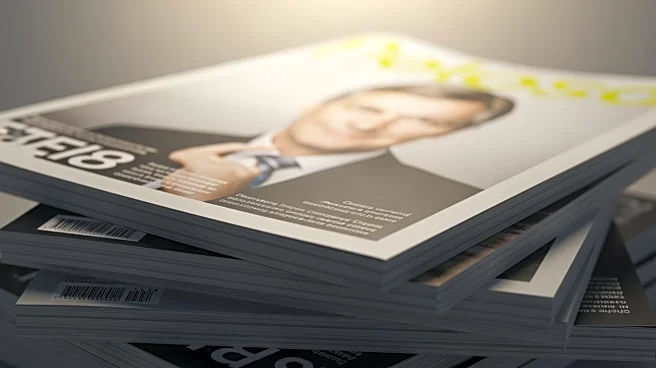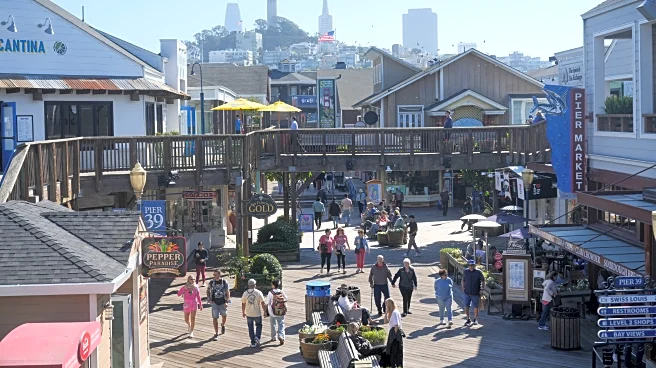What's Happening?
Time magazine has released a new cover featuring President Trump, presenting him in a more flattering light compared to a previous cover that drew criticism from Trump himself. The new cover, titled 'TRUMP'S
WORLD,' showcases a straight-on photo of Trump with a stern and statesman-like appearance, contrasting with the earlier cover that depicted him with a balding and crepe-necked look. Trump had previously expressed dissatisfaction with the October 13 cover, criticizing the angle and the portrayal of his hair on Truth Social. The change in imagery is speculated to be influenced by Time's owner, Marc Benioff, who has been described as 'MAGA curious' and has faced criticism for his attempts to align with Trump's agenda.
Why It's Important?
The alteration of Time magazine's cover image of President Trump highlights the ongoing tension between media representation and political figures. This incident underscores the influence of media ownership on editorial decisions, particularly when the owner has political inclinations. The change may reflect broader concerns about the independence of the press and its role in shaping public perception of political leaders. The decision to present Trump in a more dignified manner could be seen as an attempt to appease him, raising questions about the potential compromise of journalistic integrity in favor of political interests.
What's Next?
The revised cover may prompt further scrutiny of Time magazine's editorial choices and the influence of its ownership on content. Observers and critics may continue to debate the implications of media portrayals of political figures, especially in the context of perceived biases and the impact on public opinion. The incident could lead to discussions about the role of media in a democratic society and the importance of maintaining a free and independent press.
Beyond the Headlines
The change in Time magazine's cover image of President Trump may have deeper implications for the media industry, particularly regarding the ethical considerations of editorial decisions influenced by ownership. This situation could spark conversations about the balance between commercial interests and journalistic integrity, as well as the potential long-term effects on public trust in media outlets.
